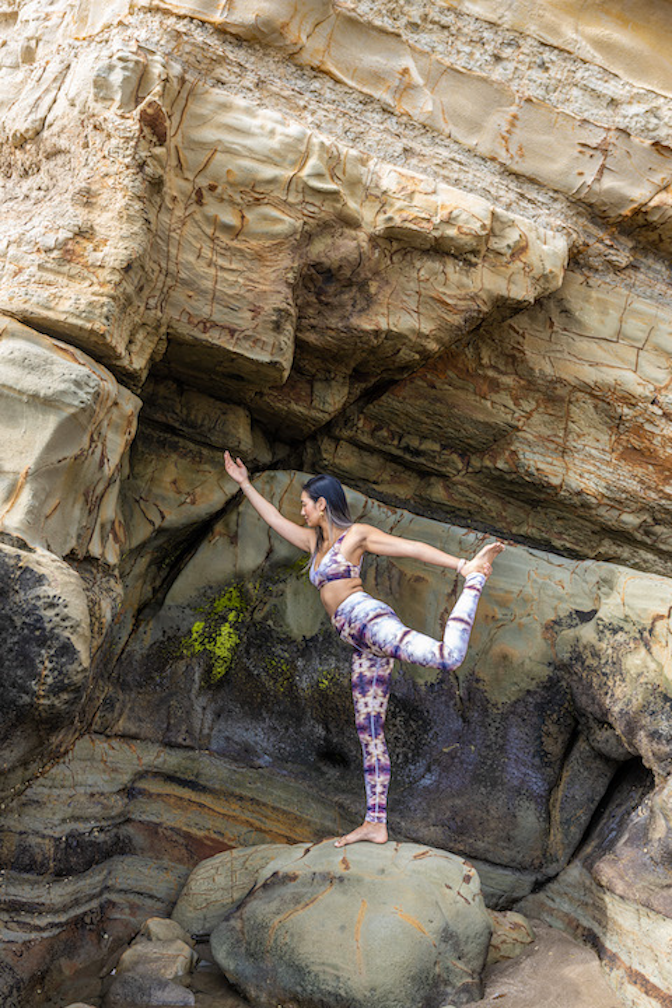
Why Yoga is good for your posture.
We were all told to have good posture. Good posture has proven to give us the appearance of confidence and instils confidence in others about us. Good posture can make us appear taller and slimmer if that is what we are after. But how does Yoga do that? The breathing and alignment cues used in a Yoga class is responsible for creating great posture. A deep inhale allows the spine to lengthen and gives room to fold, twist, bend deeper. The emphasis on breath quality and maintaining a slower rhythmic airflow in challenging Yoga poses create core strength that supports an upright body. Not to mention the consistent body alignment cues to stay long and tall to help it.
An ujjayi breath ( breathing from the lower belly to the lower rib cage, then upper chest and throat) is encouraged, activating the diaphragm to work and the core to be engaged. The ribcage broadens, and the chest lifts to accommodate the workload. One must keep this alignment through most poses with the shoulders away from the ears and down the back, opening the in the front of the body, thus giving one that great upright posture.
When using Yoga as a therapy for trauma the practitioner is guided to feel into a body area when there is tension, pain or feelings that surface. Once the feeling is identified, they are then instructed to focus on the breath and make space for the emotion. In order to work through the feeling, it is important that you honour it, but also understand that it does not have to control you.
When done repeatedly (30 days at first consecutively is best), new neurological synapses can reset a ‘new’ default posture, making the muscles remember! The Yogi, with newly founded strength (even potential weight loss,) discovers that ideal posture and breathing becomes more accessible, the nervous system is calmer. Bad posture becomes a faded echo as one walks confidently out of the Yoga studio with head high and shoulders back. Does Yoga create good posture? Definitely Yes!
The value of a consistent practice is creating a new paradigm of how to respond instead of react mentally and physically to stressors whether it be historical traumas or new situations. In time, a seasoned Yogi will learn how to breathe and manage uncomfortable situations in real life when traumatically triggered- operating from a place of parasympathetic nervous response instead of the fight and flight nervous response.

